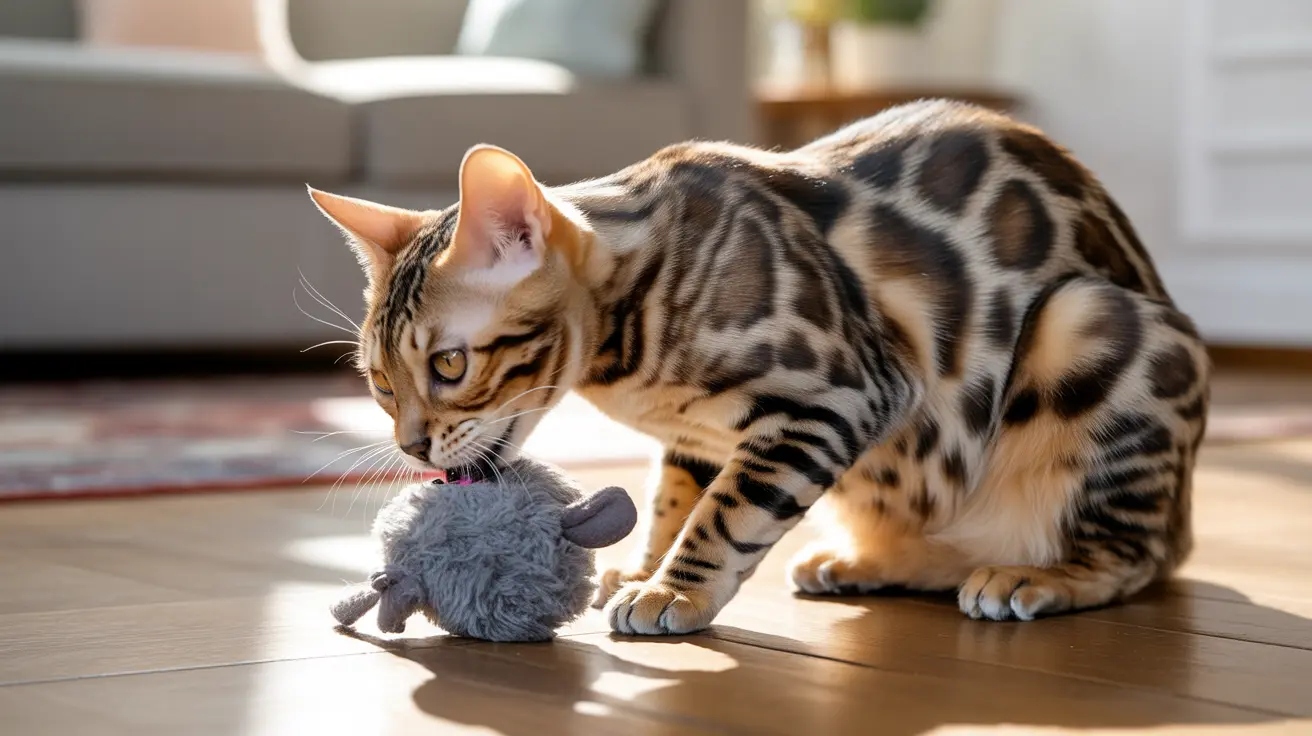The Hierarchy of Cat Bite Force
Among all cats, tigers reign supreme in terms of absolute bite force, capable of generating between 1,050 and 1,500 pounds per square inch (psi). However, jaguars are the pound-for-pound champions, with a bite force of approximately 1,500 psi relative to their smaller body size.
Here's how different cat species compare in bite force:
- Tigers: 1,050-1,500 psi
- Jaguars: 1,500 psi
- Lions: 650-1,000 psi
- Cougars: 725 psi
- Leopards: 300-310 psi
- Domestic cats: 70-75 psi
Domestic Cat Bite Force: Small but Significant
While domestic cats may seem mild-mannered compared to their larger relatives, their bite force is impressive for their size. Averaging 70-75 psi, a house cat's bite is perfectly adapted for their prey size and hunting style.
This force is generated through highly efficient jaw muscles and sharp teeth designed for precision hunting. Despite their smaller size, domestic cats can deliver significant damage when they bite, particularly due to their needle-like teeth that can penetrate deeply into tissue.
The Science Behind Feline Bite Mechanics
Cats' impressive bite forces result from several specialized adaptations:
- Powerful jaw muscles
- Specialized tooth structure
- Efficient lever mechanics in the jaw
- Enhanced skull architecture
These features combine to create highly effective hunting tools that have evolved over millions of years.
Hunting Strategies and Bite Application
Different cat species employ their bite force in unique ways. Jaguars, for instance, often target the skull or spine of their prey, using their exceptional bite force to crush bone. Tigers and lions typically aim for the throat, using their powerful jaws to suffocate larger prey.
Domestic cats, while hunting smaller prey, use a precise bite to the neck or spine, demonstrating remarkable accuracy despite their lower absolute bite force.
Medical Implications and Safety
Understanding cat bite force is crucial for both veterinary care and human safety. Cat bites, even from domestic cats, can cause serious injuries and infections due to their deep penetration and the bacteria present in feline mouths.
Professional medical attention is often necessary for cat bites, as their puncture wounds can easily become infected if not properly treated.
Frequently Asked Questions
How strong is the bite force of a domestic cat compared to big wild cats like jaguars and tigers?
Domestic cats have a bite force of approximately 70-75 psi, while jaguars and tigers can reach 1,500 psi. Though much lower in absolute terms, domestic cats' bite force is proportionally significant for their size.
Why do jaguars have the strongest bite force relative to their body size among all cats?
Jaguars have evolved shorter, more powerful jaws and robust muscles that provide excellent mechanical advantage. This adaptation allows them to crush tough prey items like turtle shells and caiman armor.
Can a domestic cat's bite cause serious injury or infection to humans?
Yes, domestic cat bites can cause serious injuries and infections. Their sharp teeth create deep puncture wounds that can harbor bacteria, potentially leading to severe infections if not properly treated.
How is bite force measured in cats, and why do estimates vary between studies?
Bite force is measured using specialized force transducers or estimated through biomechanical modeling. Variations in measurements occur due to different testing methods, bite locations (canine vs. molar), and individual animal factors.
What unique adaptations allow big cats like tigers and jaguars to use their bite force effectively for hunting?
Big cats have evolved specialized skull structures, powerful jaw muscles, and precise tooth placement. These adaptations, combined with their hunting strategies, allow them to effectively utilize their bite force for taking down prey.
Conclusion
From the mighty tiger to our domestic companions, cat bite force represents one of nature's most refined hunting adaptations. Understanding these capabilities helps us appreciate both the power and precision of feline predators while reminding us to respect even our smallest feline friends' potential for harm.






